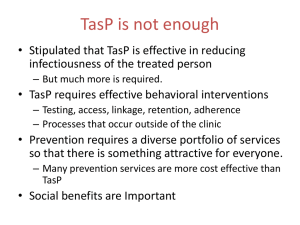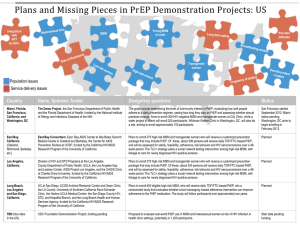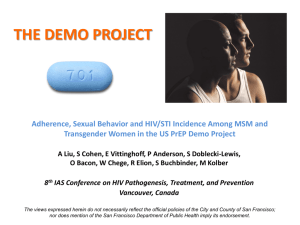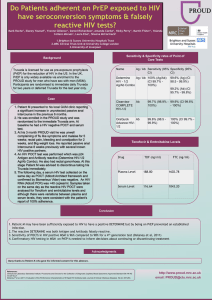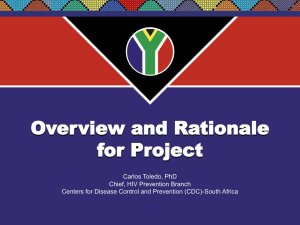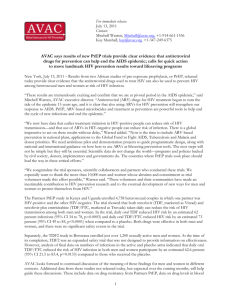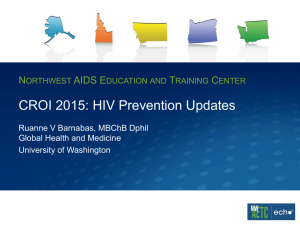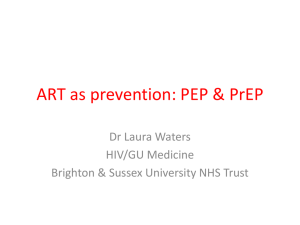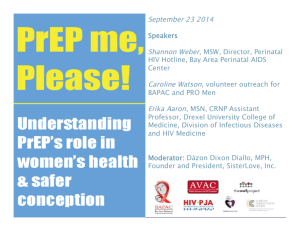CDC-VOICE-Statement-FINAL-3-4-13
advertisement
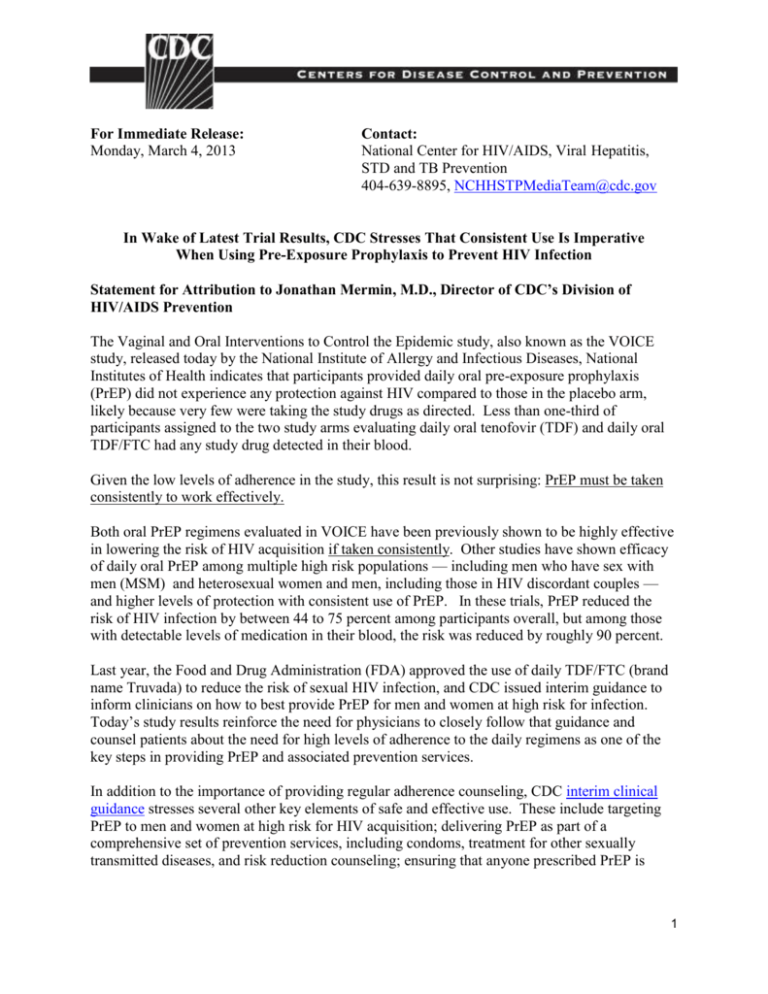
For Immediate Release: Monday, March 4, 2013 Contact: National Center for HIV/AIDS, Viral Hepatitis, STD and TB Prevention 404-639-8895, NCHHSTPMediaTeam@cdc.gov In Wake of Latest Trial Results, CDC Stresses That Consistent Use Is Imperative When Using Pre-Exposure Prophylaxis to Prevent HIV Infection Statement for Attribution to Jonathan Mermin, M.D., Director of CDC’s Division of HIV/AIDS Prevention The Vaginal and Oral Interventions to Control the Epidemic study, also known as the VOICE study, released today by the National Institute of Allergy and Infectious Diseases, National Institutes of Health indicates that participants provided daily oral pre-exposure prophylaxis (PrEP) did not experience any protection against HIV compared to those in the placebo arm, likely because very few were taking the study drugs as directed. Less than one-third of participants assigned to the two study arms evaluating daily oral tenofovir (TDF) and daily oral TDF/FTC had any study drug detected in their blood. Given the low levels of adherence in the study, this result is not surprising: PrEP must be taken consistently to work effectively. Both oral PrEP regimens evaluated in VOICE have been previously shown to be highly effective in lowering the risk of HIV acquisition if taken consistently. Other studies have shown efficacy of daily oral PrEP among multiple high risk populations — including men who have sex with men (MSM) and heterosexual women and men, including those in HIV discordant couples — and higher levels of protection with consistent use of PrEP. In these trials, PrEP reduced the risk of HIV infection by between 44 to 75 percent among participants overall, but among those with detectable levels of medication in their blood, the risk was reduced by roughly 90 percent. Last year, the Food and Drug Administration (FDA) approved the use of daily TDF/FTC (brand name Truvada) to reduce the risk of sexual HIV infection, and CDC issued interim guidance to inform clinicians on how to best provide PrEP for men and women at high risk for infection. Today’s study results reinforce the need for physicians to closely follow that guidance and counsel patients about the need for high levels of adherence to the daily regimens as one of the key steps in providing PrEP and associated prevention services. In addition to the importance of providing regular adherence counseling, CDC interim clinical guidance stresses several other key elements of safe and effective use. These include targeting PrEP to men and women at high risk for HIV acquisition; delivering PrEP as part of a comprehensive set of prevention services, including condoms, treatment for other sexually transmitted diseases, and risk reduction counseling; ensuring that anyone prescribed PrEP is 1 confirmed to be HIV negative prior to use; and providing regular monitoring of HIV status, side, effects, adherence, and risk behaviors. While several studies have shown it is possible to achieve high adherence among some gay and bisexual men and heterosexual men and women, evidence to date, including findings from VOICE, also underscores the complexities of achieving daily use by many individuals who might benefit. For PrEP to have a substantial impact, clinicians and public health professionals will have to further assess and better understand how to promote and support the high levels of adherence necessary to maximize its efficacy in various high risk populations. Further research may also help assess whether other factors, in addition to adherence, influence levels of PrEP efficacy. Anyone considering using PrEP to help protect themselves from HIV infection should recognize that adherence to the daily regimen is critical. This is an intensive approach that will not be right for everyone, and should be used in conjunction with other prevention measures and under medical supervision by a health care provider. ### U.S. DEPARTMENT OF HEALTH AND HUMAN SERVICES 2

